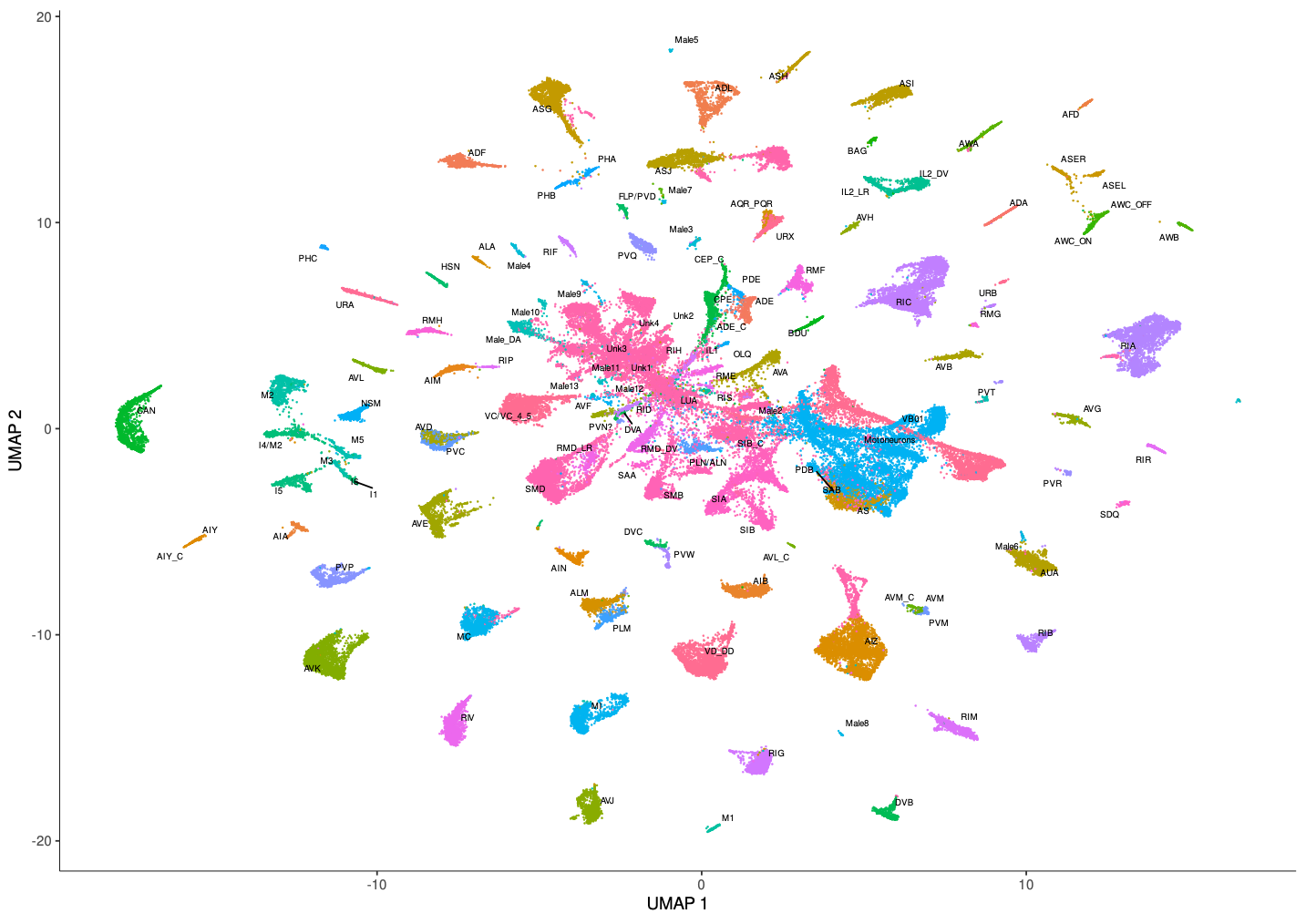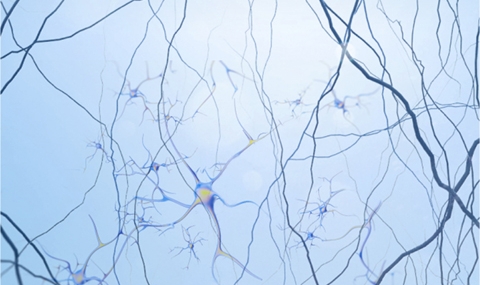We are working to characterize novel sexually dimorphic behaviors mediated via sex-shared circuits that receive similar environmental input yet respond differently. Specifically, we seek to elucidate how genetic sex modulates neuronal function, neural circuit dynamics, learning and behavior during development. This involves defining the neuronal nodes in which sex-specific modifications occur and that lead to circuit and behavioral changes, as well as analyzing the connectomes of the two sexes at synaptic resolution. At the molecular level, we hypothesize that sex-specific differential gene expression, as determined by the genetic sex, dictates the alternative synaptic choices made by dimorphic neurons and ultimately leads to dimorphic circuits and behaviors. Using single-cell transcriptomics, we wish to determine the depth and breadth of the dimorphic gene expression patterns in shared neurons in C. elegans

Sexually dimorphic circuits for nociception- same neurosn, sexually dimorphic topology

Profiling the male nervous system at a single cell level


